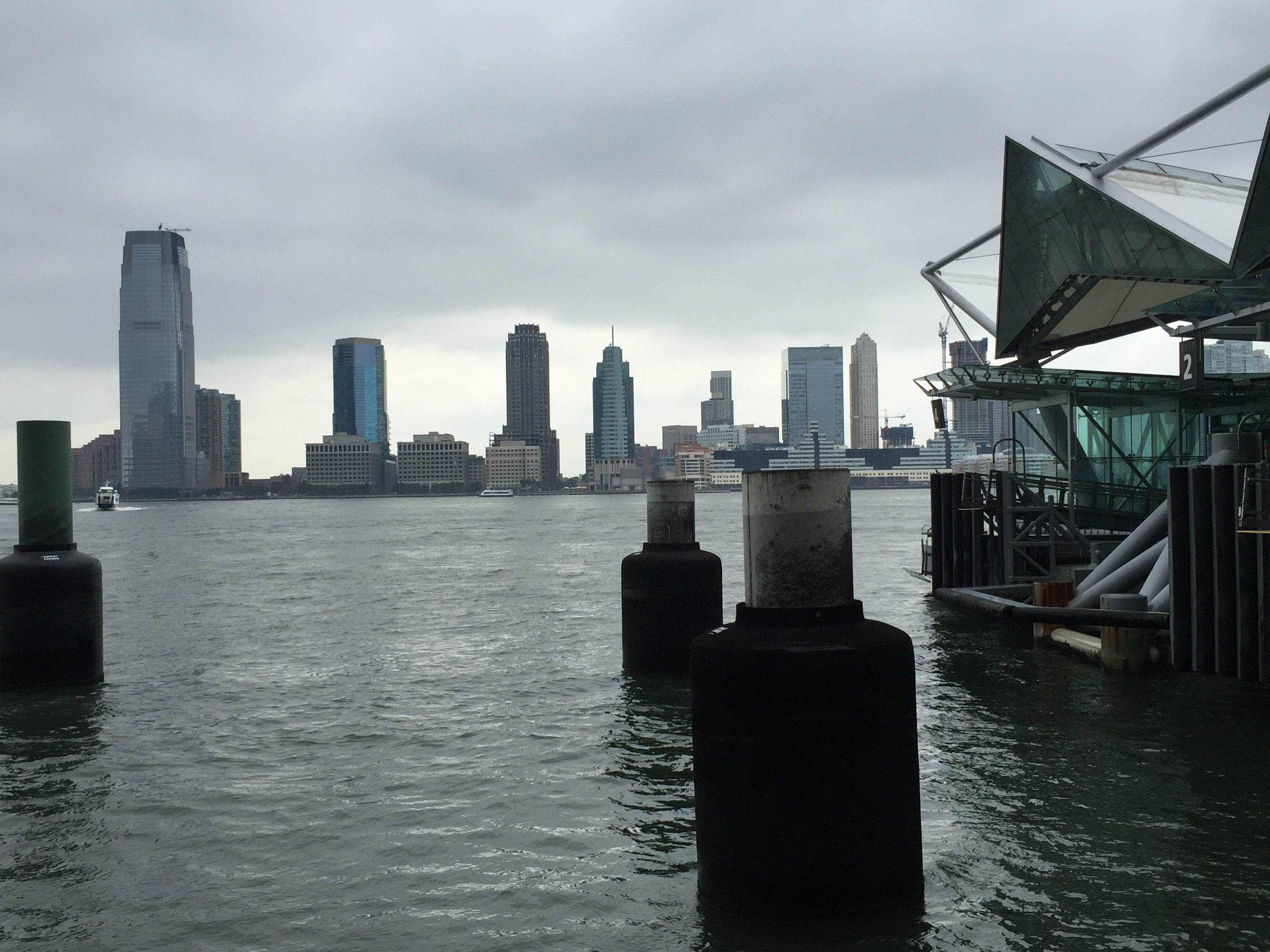Summary of presentation by Lou Pugliaresi on
THE NORTH AMERICAN ENERGY RENAISSANCE
The Forum was treated to a most informative and in-depth analysis of the rapidly changing American energy posture by renowned global energy expert, Lou Pugliaresi. In contrast to many of our programs, which deal with seemingly intractable challenges, this was a very upbeat presentation that depicted developments that are highly beneficial to America’s economic and politico-military future. As Pugliaresi pointed out, North America is on the verge of a dramatic energy transformation, one that will change our status as a major oil and gas importer with needed access to Mideast energy sources, to a leading exporter of fossil fuels.
Pugliaresi emphasized that much of this energy transformation has occurred through the efforts of the private sector; he felt that the current administration has not been sufficiently supportive of access to potential fuel sources, transport schemes (Keystone pipeline), and modernizing the regulatory structure.
Pugliaresi has been kind enough to provide his own summary of the key points he made in the talk:
Summary of Main Points Of Pugliaresi presentation to NSF
- The North American petroleum renaissance is a remarkable achievement of technological innovation and risk taking, Improvements identifying oil and gas reserves have been married to advances in drilling and production technology leading to rapid production growth in Canada and the United States. Because this growth is from prolific source rock basins, North American oil production is no longer limited by reserves. The pace of technology will decide production growth.
- Large increases in crude oil production are taking place in Texas and North Dakota. Advances in heavy oil production technology are bringing about sustained increases from Canada’s Athabasca oil sands. Canada, which is experiencing little growth in petroleum consumption and limited outlets for waterborne exports, continues to move its rising oil sands production into the U.S. market via pipeline (and to a lesser extent by rail).
- Production from the U.S. and Canada has added over 3 million barrels per day (mbd) to global crude production since 2008. These new supplies came online at the very time oil production centers in North Africa and the Middle East suffered setbacks from political turmoil and international sanctions curtailed Iranian crude oil exports. As a result, rising North American production has limited the growth in world oil prices. Oil prices remain high, but would likely be higher without the advances made in U.S. and Canadian oil production. Gains in North American production have helped to offset lost Middle Eastern production losses resulting from several years of turmoil and sanctions on Iran.
- The recent surge in crude oil production from Canada and North Dakota combined with rapidly rising output from the Eagle Ford and Permian Basin plays in Texas are placing considerable stress on the North American transportation network for moving crude oil to coastal refineries. The lagging response of pipeline infrastructure development, especially the Keystone XL pipeline from Canada to the Gulf Coast, is harming the potential for sustaining growth in North American crude oil production.
- The growth in North American crude oil (and natural gas production) is delivering substantial benefits in improved competitiveness for a large range of domestic value-added processing industries and enormous savings in cost-effective import substitution. The North American petroleum renaissance is also making a large contribution to U.S. energy security as a new center of secure and rising oil production.
Additional Challenges for 2020 for American policy makers:
- Growing excess production capacity likely in OPEC. Most excess capacity will be concentrated in Saudi Arabia, Qatar, & Kuwait
- OPEC (largely the Saudis) have no clear strategy on how to accommodate Iran and Iraq (if necessary)
- Bigger problem is potential for U.S. policy makers to confuse low or no imports with energy security as Western Hemisphere disconnects from Middle East producers. U.S. will continue to have a direct interest in the region as conflict and oil production disruption throughout the region will have a direct negative impact on the US economy.
- Perception that the U.S. no longer has direct economic/security interests in the Gulf may lead to political miscalculations on importance of the region to U.S.
If you would like to stay abreast of these developments, here is a link to the Energy Policy Research Foundation that Lou is the President of.
If you would like to stay abreast of these developments, here is a link to the Energy Policy Research Foundation that Lou is the President of
Click here: EPRINC | Energy Policy Research Foundation inc.
In addition, Pugliaresi was kind enough to allow us to post his slides used in the presentation and many additional ones that time did not permit addressing in detail. For the presentation, please click here.

